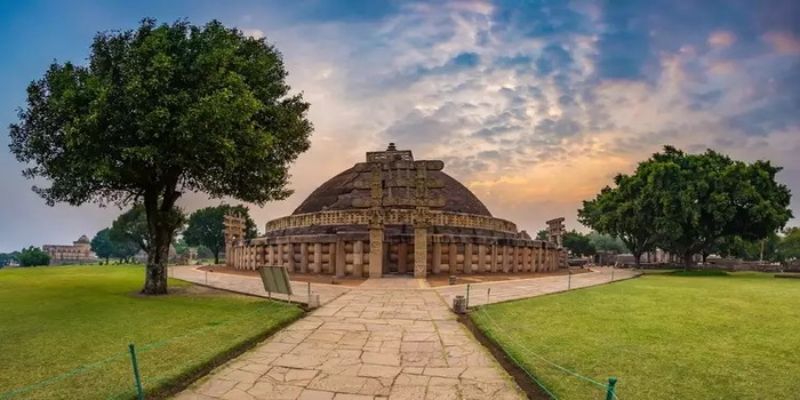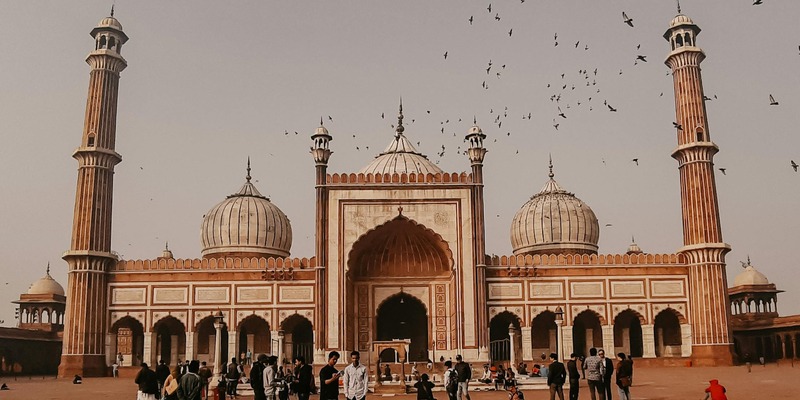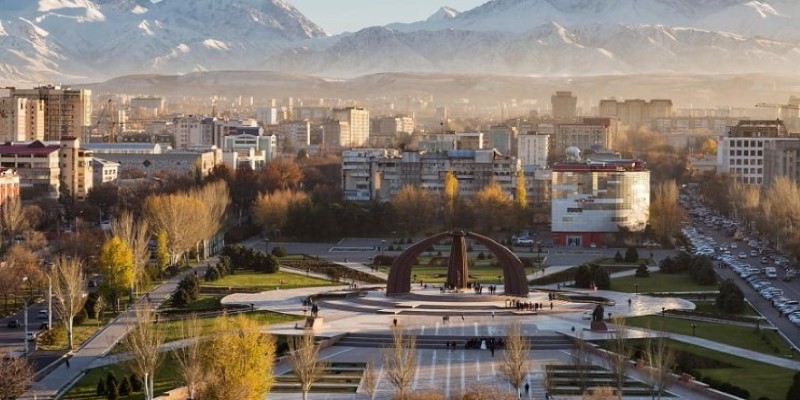Top 10 Ancient Egyptian Monuments Every History Lover Should Visit
Mar 05, 2024 By Sean William
Would you like to know more about the monuments of ancient Egypt? They are thousands of years old and incredible! A few of them are well-known, such as the Sphinx and the Great Pyramid of Cheops. However, did you know that Egypt has more interesting sites that you may not be aware of? Let's explore the must-see Egyptian monuments together!
Incredible Ancient Egyptian Monuments
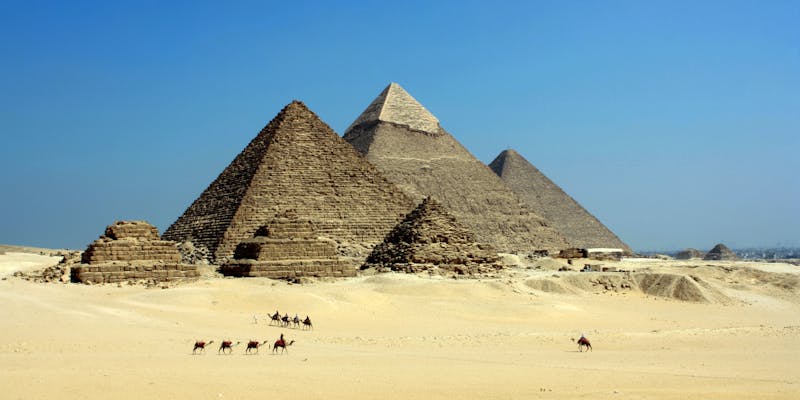
This is a list of the top ancient Egyptian monuments to see.
Step Pyramid of Djoser
One of the oldest pyramids in Egypt is the Step Pyramid of Djoser. Even while it isn't as tall as the well-known Great Pyramid, it is nonetheless striking. The oldest pyramid in the world is this one, having been constructed in 2650 BC! It is situated in the Saqqara necropolis, which is close to Cairo.
This pyramid's unique shape is what makes it unique. It appears to be a massive stairway with levels piled on top of one another rather than smooth like a triangle. Pharaoh Djoser, who desired an opulent tomb for himself, had it built for him. Imhotep, his architect, devised the plan to make it appear like steps so that Djoser's soul may ascend towards the sun in the hereafter.
Nearly all tombs were level before the construction of the Step Pyramid. All that altered, though, was Djoser's pyramid. It's like a giant step forward in Egyptian history, demonstrating how they began erecting massive stone temples. The Step Pyramid, despite its age, continues to be a powerful representation of the magnificence of ancient Egypt.
Sphinx and the Great Pyramids of Giza
The enigmatic Giza pyramids, which offer a glimpse into the architectural marvels and riddles of antiquity, must be seen on every trip to Egypt. Cheops, sometimes referred to as the Great Pyramid of Khufu, is a stunning illustration of the grandeur and engineering skill of antiquity. Built more than 4,500 years ago, it is the largest and oldest of the three pyramids at Giza. The Great Pyramid, which towered majestically out of the desert, was the highest building on Earth until the turn of the 20th century.
The Great Grand Pyramid, which took roughly 30 years to build, is a testament to the ingenuity and skill of ancient craftspeople. Over 2.3 million stone pieces needed to be precisely planned, quarried, transported, and assembled for this amazing construction. Tourists are still fascinated by the pharaohs of ancient Egypt and the mystery surrounding these well-known monuments, even as they stand in the shadow of these enormous constructions.
Temple of Abu Simbel
During the 19th Dynasty, the powerful pharaoh Ramesses the Great chiseled the magnificent Abu Simbel temple straight into the rock, serving as a tribute to the strength and magnificence of ancient Egypt. The temple is a massive reminder of Ramesses' celestial status and control over Egypt's Nubian realm, dominating the surrounding terrain.
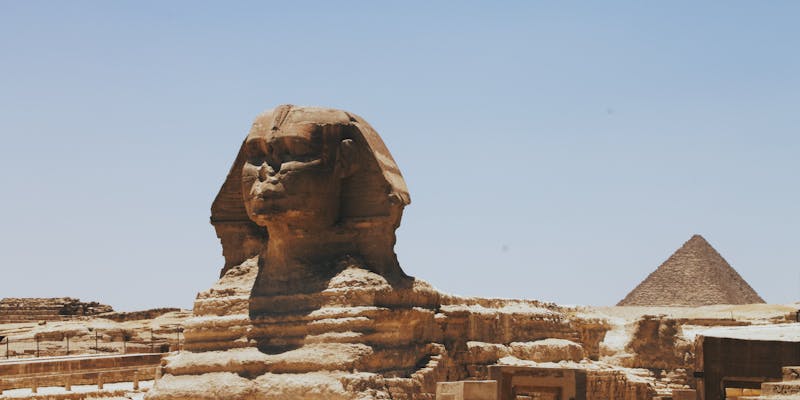
The majestic 66-foot-tall sculptures of Ramesses II, which guard the temple complex's entrance and represent the pharaoh's divine link as a living god, are the focal point of Abu Simbel. The temples of Abu Simbel are a masterpiece of ancient buildings and religious devotion, dedicated to the worship of Amon-Ra, the sun deity. Abu Simbel's magnificent beauty and historical significance have mesmerized visitors for ages despite its distant position in the desert.
To prevent the Aswan High Dam's rushing waters from flooding the entire complex, UNESCO began the massive project of moving it in 1968. This was a great feat of engineering and preservation.
The Complex of Karnak Temple
The biggest temple complex in the world, the Karnak Temple Complex, is located in Luxor, Egypt, and provides visitors a chance to witness the splendor of ancient Egyptian architecture and religious rituals. The Great Hypostyle Hall, which has 134 enormous columns fashioned like papyrus stalks and an imposing ambiance, is one of its most striking characteristics.
This hallowed site's attraction is further enhanced by visitors' marvels at the glistening hallowed Lake and the red granite obelisk of Hatshepsut. One of the holiest sites in Egypt, the complex was the focal point of worship for the god Amun-Ra. Over the course of its over 2,000-year history, Karnak has undergone substantial alterations and additions that have taken into account the changing political and religious climate of ancient Egypt. Notably, Horemheb and Ramesses II later destroyed rebel king Akhenaten's attempts to establish his monotheistic religion of Aten at Karnak.
Temple of the Dead of Hatshepsut
Hatshepsut's Mortuary Temple is an incredible reminder of the heritage of the first female pharaoh of Egypt, who overcame gender norms to earn her place in history. Built-in the 18th Dynasty of Ancient Egypt, this magnificent temple honors the god of death, Anubis, and the goddess of motherhood, Hathor. Its construction reflects Hatshepsut's respect for Egypt's religious customs.
Visitors from all over the world are drawn to the temple by its majestic structure and elaborate sculptures, which are located beneath the steep cliffs of Deir el Bahari, near the Valley of the Kings on the Western Bank of the Nile. In spite of obstacles and opposition stemming from misogynistic notions of female hegemony, Hatshepsut demonstrated her power by portraying herself as a pharaoh, complete with a false beard.
One example of Hatshepsut's lasting influence and her part in forming Egypt's history is the Hatshepsut Mortuary Temple. Today, guests may take in the amazing reign of one of Egypt's most powerful emperors by exploring the temple's great halls, soaring columns, and intricate reliefs.
The Bottom Line!
Egypt is much more than just the ancient history. A vast array of historical marvels lie just waiting to be unearthed. This guide's monument descriptions each provide a different perspective on the rich history and culture of ancient Egypt. So why not wander off the well-traveled route and set out on an expedition to find the hidden gems of this alluring country?
